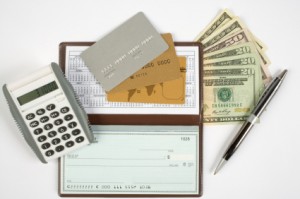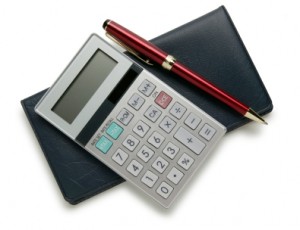 If you want to have a good credit rating and be able to buy the things you want in life, learning how to pay off credit cards is very important. Failure to pay off credit cards completely will lead to paying interest, which could eventually accumulate to the debt becoming too high to ever pay off. Failure to pay off credit cards on time can lead to late fees, increased interest rates and a lower credit rating.
If you want to have a good credit rating and be able to buy the things you want in life, learning how to pay off credit cards is very important. Failure to pay off credit cards completely will lead to paying interest, which could eventually accumulate to the debt becoming too high to ever pay off. Failure to pay off credit cards on time can lead to late fees, increased interest rates and a lower credit rating.
If you are looking for a credit card with low interest that you can pay off easily, use the FREE credit card chaser today!
Some people think that they don’t need to pay off their credit cards at all; they can just keep shifting balances from one card to another. Eventually, though, this tactic will backfire when the interest piles up too high and you reach your credit limit. It is better to pay the cards off and avoid that dangerous situation altogether.
How can you pay off your credit card?
Paying off credit cards is not difficult in theory; it just requires two things that many people do not have, money and discipline. A simple but effective strategy is to pay off the credit cards with the highest interest first, while simply paying the minimum on other cards with lower interest. As each high interest card is paid off, you go to the next highest card.
Another tactic that can be used to pay off your debt is to consolidate your credit cards by getting a loan or a single low interest credit card and transferring all credit card debt to it. This would leave you with only one card or loan to pay off and it would have a relatively low interest rate.
The thing to be careful of, particularly with a low interest credit card, is that it may have a low introductory rate that will actually change to a much higher rate if you don’t pay it off completely within a specified time.
A strategy that does not work at all for paying off credit cards is to just pay the minimum. Paying just the minimum, usually 2 to 3% of the balance will require you to take a very long time to pay the cards off. If you must pay the minimum, an article on ABC News suggests paying bi-weekly instead of monthly, which will at least add a couple of payments each year and make the debt go down a little more quickly.
 What if I can’t pay my credit cards?
What if I can’t pay my credit cards?
If you cannot afford to pay your credit cards, you basically have three choices: negotiating with the credit card companies, using debt relief services or bankruptcy. To negotiate with your creditors, you would simply call them, explain your situation, and see if you could get a better interest rate or reduced minimum payment plan. If they were not agreeable to that, it would be time to move on to one of the other solutions.
If you decide to try a debt relief service, you will need to beware of the many scams that are out there which will actually cost you more money. However, according to the Federal Trade Commission, there are several good non-profit debt relief services out there that can help you come up with a budget and pay off your credit cards. Some can even set up a debt management plan, which would allow you to pay them a sum of money each month that they will use to pay your creditors on a schedule they set with them, often at reduced interest rates.
With bankruptcy, either Chapter 7 or Chapter 13, you can obtain relief from your credit card debt at a cost of severely damaging your credit rating. Bankruptcies are legal actions and will require the payment of court costs and attorney fees.
A bankruptcy will stay on your credit report for 10 years, making it difficult to obtain loans and credit cards.
What is the difference between a Chapter 7 and chapter 13 bankruptcy?
A Chapter 13 bankruptcy is designed to let people with a steady income keep their personal property, such as a house or car. The court would approve a repayment plan designed to retire all debts in three to five years. As long as the plan is followed, the borrower would not lose their protected assets.
With Chapter 7 bankruptcy, or straight bankruptcy, all non-exempt assets are liquidated and the proceeds are used to pay your debts. Examples of possible exempt assets might be automobiles, basic household furnishings, and tools needed for work. After all non-exempt assets are sold and all available cash is applied toward debts, the remaining debts would be discharged.
After filing a Chapter 7 bankruptcy, you must wait eight years before you can file that type of bankruptcy again. For a Chapter 13 bankruptcy, the wait could be as little as two years before you are allowed to file again.
If you are ready to get a credit card, even if you’ve had a bankruptcy before, use the FREE credit card finder now!








